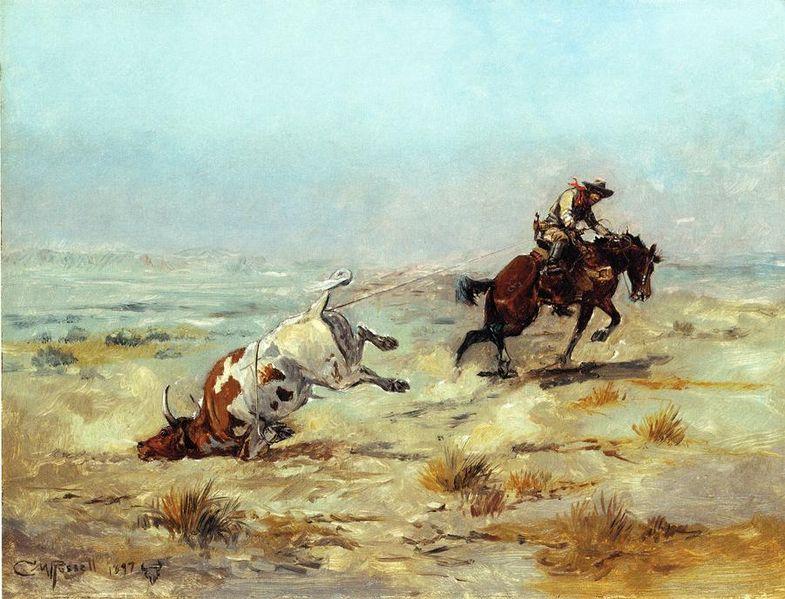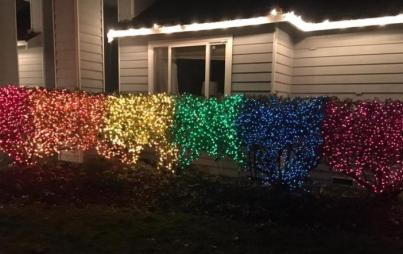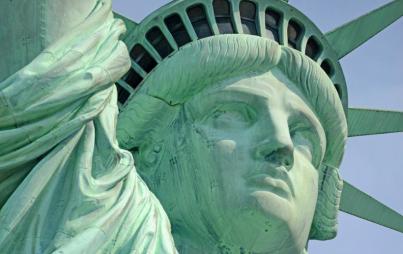
America (and the broader world) has a fascination with the notion of the Wild West. Exploring new frontiers! Taming the wild! Cowboys and Indians and Miners (oh my!). Our ideas about American rugged individualism are deeply connected to our westward expansion.
And is this isn’t simply a nostalgic vision in retrospect: as a recently highlighted board game from 1880s demonstrates (take a gander at the link—the game is ascetically striking), Americans of the era were also swept up in the Westward Ho! craze—fed by dime store novels, adventure stories, and western-themed traveling sideshows.
Granted, I’d wager this type of cultural curiosity catered to East Coast children, who didn’t have to deal with some of the less romantic aspects of actual life in the 19th century western territories.
The game provides 200 possible stops along a route starting in Hartford, Conn.—coincidentally the location of the game’s publishing company—and traveling westward through a northern route, looping back east through the South, and ending up back in civilized New York City. Players used a spinner to indicate how many spaces to travel, and another player would read from the game’s guidebook to provide information on the place landed on.
Unfortunately, the guidebook has super dry descriptions of settlement dates and geographical facts (I was hoping for a more nationalistic narrative—Manifest Destiny and the like). But illustrations on the game board have a decided flair, including a massive Mormon family in Utah, geysers and natural wonders, and a plethora of Native Americans dancing, hunting, and sadly watching trains go by. (Image: commons.wikimedia.org)






